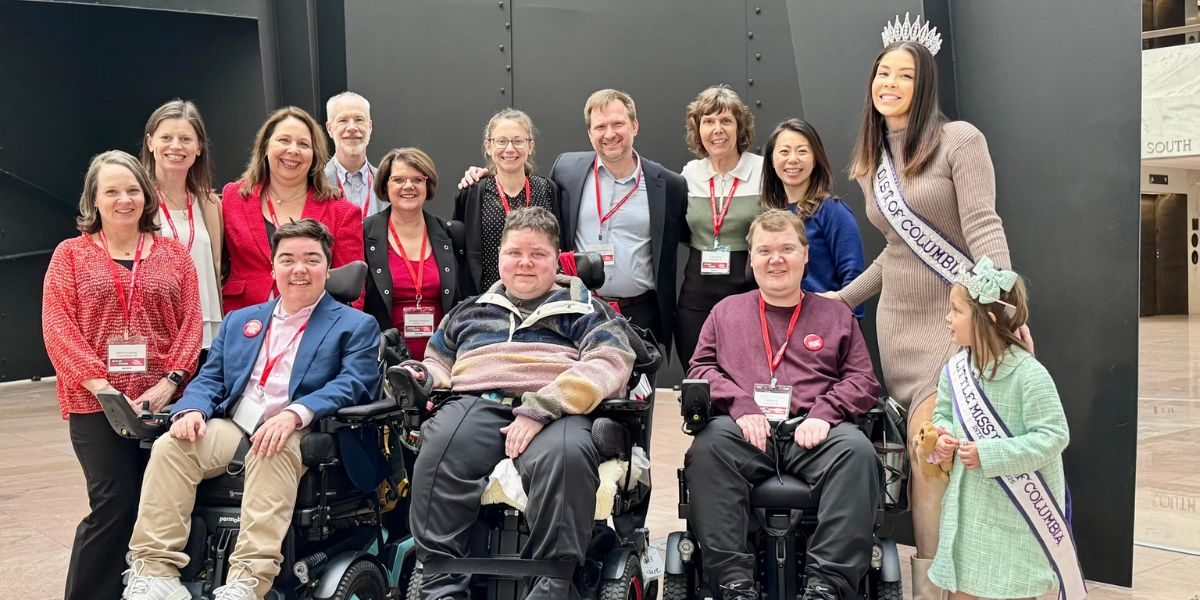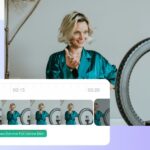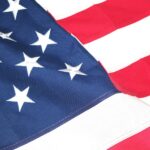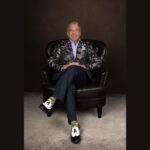Most brands say they care about inclusion. Few can actually prove it with clear and consistent metrics. That’s where Accessibility in Action comes in: a bold consultancy helping mission-driven companies turn good intentions into real, measurable inclusion. Founded by Jessica Fabus Cheng, a former OR nurse turned accessibility strategist, the company was born from lived experience: a thyroid cancer diagnosis that damaged her vocal cords but amplified her purpose. She may have 80% vocal function, but she’s built a platform making 100% impact.
Through her Triple A Framework—Awareness, Allyship, and Action—Jessica helps brands stop unintentionally leaving people out and start designing with everyone in mind. This isn’t checkbox diversity. It’s connection. It’s reach. It’s the future of brand leadership, and it starts with rethinking who your message is really built for.
Purpose Doesn’t Equal Inclusion
Today, many brands consider themselves mission-driven. Their websites talk about community, purpose, and empowerment. They may even support equity causes, celebrate awareness months, and post the right hashtags at the right time.
But mission alone doesn’t create equity. Inclusion isn’t an automatic outcome of good intentions; it requires ongoing attention and a willingness to reimagine how things are built, shared, and experienced.
Jessica has seen this gap up close. As someone who lives with a vocal disability and advocates regularly on Capitol Hill for inclusive policy, she’s encountered far too many companies that mean well but still leave people out. It’s rarely malicious. Often, it’s simply because no one thought to ask who wasn’t being included.
That’s why the first step in her framework is the one most often overlooked.
Awareness: Noticing Who is Missing
Awareness, in this context, isn’t about general knowledge. It’s about actively noticing where access ends.
Jessica encourages brands to examine their content, services, and experiences through the eyes of someone who might be navigating the world differently. Would a blind customer be able to meaningfully engage with your social posts or website? Would a deaf viewer understand your videos without captions? Would a neurodiverse follower find your language clear or confusing?
She often shares the story of her cousin, who lives with Duchenne Muscular Dystrophy. A single fall on an uneven, inaccessible sidewalk outside a healthcare facility changed the course of his life, prematurely transitioning him into a wheelchair user. It was a heartbreaking moment, but it also revealed a truth: exclusion is often built into the world we move through, even in places designed to help.
For founders and marketers, awareness is about looking beyond compliance checklists and asking a more human question: who’s not here, and why?
Allyship: Bridging the Gap Between Knowing and Doing
Knowing there’s a problem is one thing. Caring enough to change it is another.
Allyship, the second tier in the framework, offers a bridge between awareness and action. It’s about shifting from abstract empathy to a meaningful relationship. For Jessica, allyship is rooted in connection. It’s listening to lived experiences and letting them inform your choices. It’s acknowledging that access isn’t one-size-fits-all, and making space for real stories and real needs.
She’s seen the power of allyship in her own home. Alongside her husband and daughter, Jessica raises future service dogs through the Guide Dog Foundation. It’s a hands-on way for her family to live their values and for her daughter to understand, at a young age, that service and inclusion are active, ongoing commitments.
For brands, allyship might look like co-designing with disabled creators. It might mean elevating diverse voices on company platforms—not just during Disability Awareness Month, but all year long. Or it might simply mean asking better questions before launching something new.
Action: Inclusion Isn’t Hard—It’s Just Rarely Prioritized
The final step is action. And here’s the point Jessica emphasizes most: it’s not about getting it perfect, it’s about getting started.
Through her course, Turnkey Accessibility, she offers brands and creators a clear entry point to inclusive content. Her philosophy is refreshingly simple: accessibility isn’t about making things boring or clinical—it’s about making them available to more people.
Simple changes can make a big difference. Adding captions helps deaf users—and also anyone watching videos without sound. Writing alt text for images supports blind users and improves search visibility. Using high-contrast colors, capitalizing hashtags, and choosing clear, simple language makes content easier to understand for everyone. These fixes don’t take much time, but they go a long way in making your brand more inclusive.
What’s striking is how few brands actually do them.
Inclusion is often perceived as expensive or complicated. Jessica challenges that. Most barriers, she says, come from habit and assumption, not from budget.
Inclusion is the Work
For Jessica, accessibility isn’t an add-on; it’s the core of ethical, sustainable brand leadership. And she’s not interested in perfection or posturing. What matters is intention, alignment, and consistency.
As someone living with a vocal disability, she understands how easy it is to feel unseen, unheard, or sidelined. But she also knows that every brand decision—caption, image, word choice, and design—can either open the door wider, or leave someone on the outside looking in.
She believes the future belongs to brands that choose to build with everyone in mind.
Because in the end, leading with purpose isn’t about what you say. It’s about who gets to be part of what you’re building—and whether they can see themselves in the story you’re telling.
Published by Jeremy S.

















